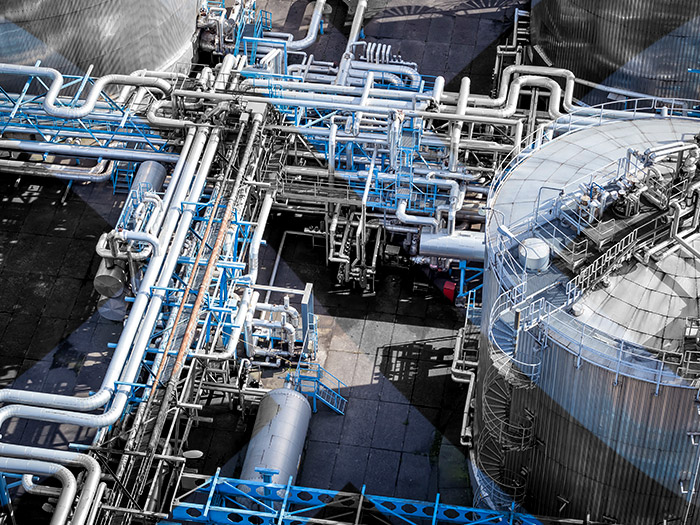News
better business decisions
Posted 4 years ago | 3 minute read
How can Front-of-the-Meter and Behind-the-Meter asset owners maximise their return on investment?
By in Front-of-the-Meter (FTM) assets, we typically mean assets that are directly connected to the distribution network, including batteries and any type of controllable generation, such as gas-fired peaking plants. In contrast, Behind-the-Meter (BTM) assets are those that exist behind the import meter, for example, machinery, fans, pumps, CHP or energy storage in a factory.
GridBeyond’s intelligent energy technology platform, Point, enables participation of both FTM and BTM assets in the opportunities that have been created by the decentralisation and decarbonisation of the electricity network.
Large energy users with load assets on their sites, as well as the owners and investors in FTM assets, can access significant streams of revenue by participating in the balancing mechanism that helps National Grid to maintain the network’s resilience, selling their flexible demand and excess generation in the intra-day and day-ahead markets or adjusting their trading positions in real-time. The latter is known as Net Imbalance Volume (NIV) chasing.
On top of that, the world’s first hybrid battery and demand network developed by GridBeyond, enables businesses and investors in FTM batteries to earn up to 15% higher revenues from participation in fast-acting balancing services than they would receive by using the standard technological solutions.
“GridBeyond’s hybridisation capability allows us to overpay both batteries and load assets for their participation in balancing services”, said Mark Davis, Managing Director UK & Ireland.
“The creation of a “hybrid unit” works on a simple principle that we bring together the speed of response delivered by the batteries with the duration of response provided either by generators or some type of flexible consumption such as refrigeration units in a warehouse or production line in a factory.”
“All participants gain from this – flexible load and generation assets are able to access the fastest, and hence, the most lucrative balancing schemes that they wouldn’t otherwise be able to achieve on their own, whilst the owners of the batteries get additional payments for enabling this to happen. It is a true win–win situation for everyone involved, including National Grid, which thanks to additional flexibility on the network can integrate more energy from renewable sources into the grid.”
GridBeyond launched the hybrid battery and demand network, a world first, in February 2018. It was selected as the winner of the 2019 Grid Edge at the S&P Global Platts Energy Awards as well as the 2019 Industrial Award at the Decentralised Energy Awards. The technology, managed by GridBeyond Point, takes typical aggregation to the next level. It is the ability to control batteries, generation, and load assets across sites dotted all around the country, rotating their deployment within the portfolio in real-time to meet the system security needs of the grid, that truly sets GridBeyond apart. To date, hybrid technology has enabled many sites with low energy flexibility to gain access to programmes requiring the fastest response without the necessity of having an on-site battery.









